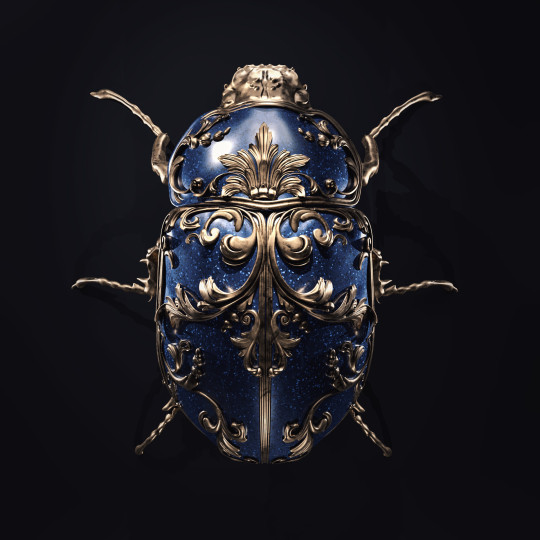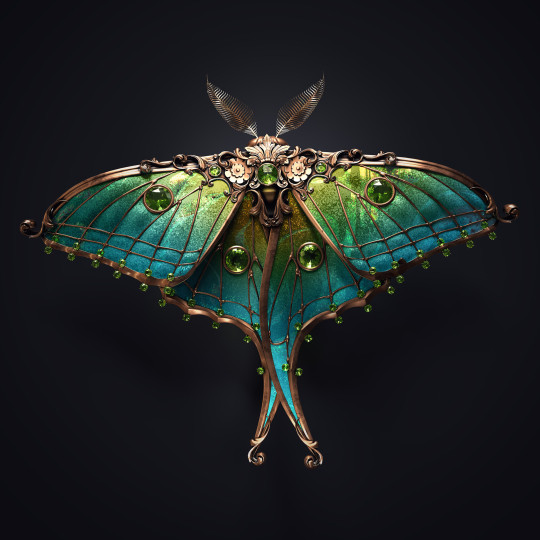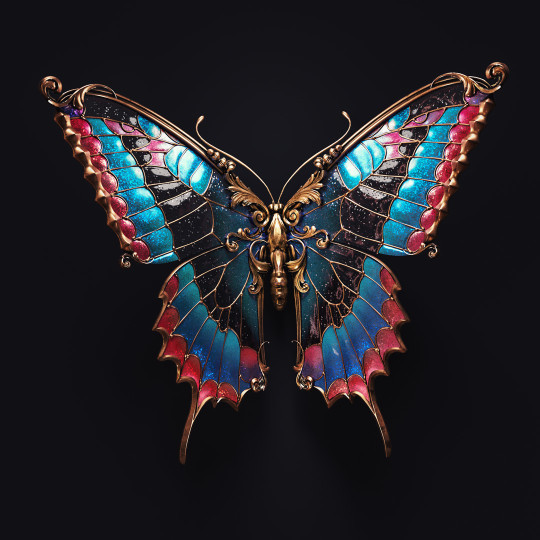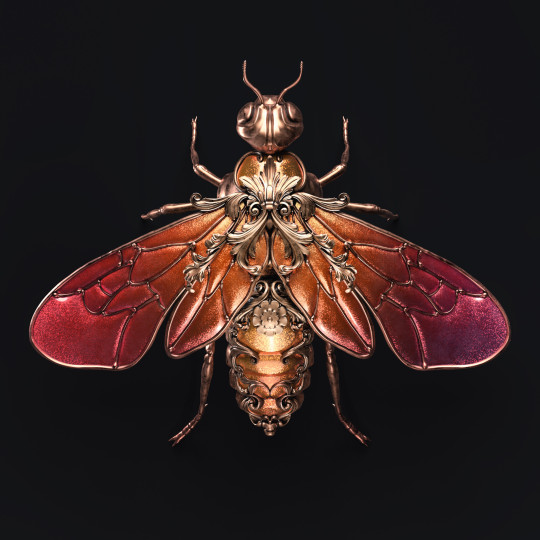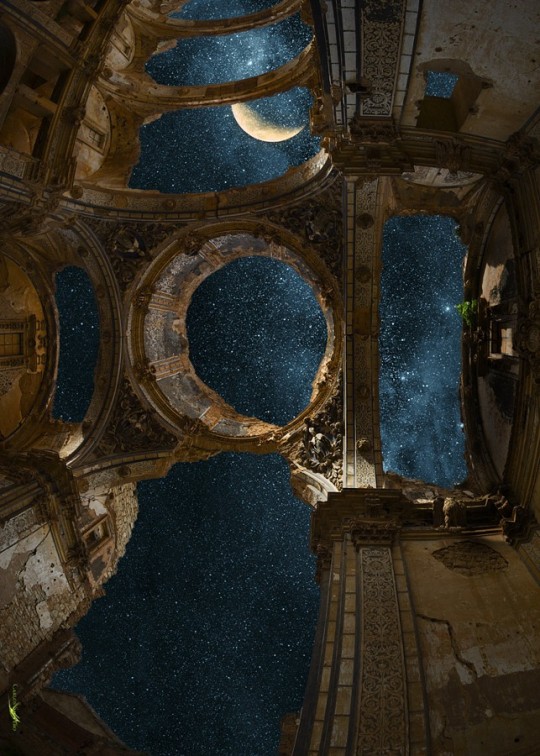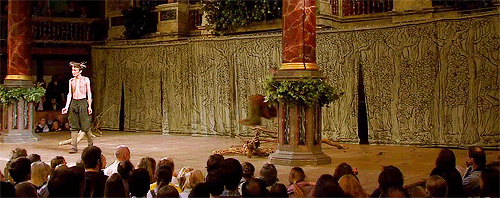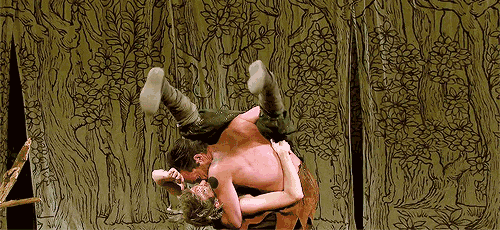Radomir Baran, professional planner and stubborn fool. Please ignore my avatar. My boyfriend set me up to it. (rp/character blog for Radomir Baran)
Don't wanna be here? Send us removal request.
Text
Darling, you have made it through every terrible thing that tried to destroy you. You are so much stronger than you know.
20K notes
·
View notes
Text
“We all have souls of different ages.”
— F. Scott Fitzgerald // The Beautiful and Damned
6K notes
·
View notes
Text
““Monster” is derived from the Latin noun monstrum, “divine portent,” itself formed on the root of the verb monere, “to warn.” It came to refer to living things of anomalous shape or structure, or to fabulous creatures like the sphinx who were composed of strikingly incongruous parts, because the ancients considered the appearance of such beings to be a sign of some impending supernatural event. Monsters, like angels, functioned as messengers and heralds of the extraordinary. They served to announce impending revelation, saying, in effect, “Pay attention; something of profound importance is happening.””
— My Words to Victor Frankenstein: by Susan Stryker
26K notes
·
View notes
Photo







Spectacular gold, silver, copper, and brass inlaid Burmese dha, 18th or 19th century.
from Peter Dekker’s Mandarin Mansion
2K notes
·
View notes
Photo
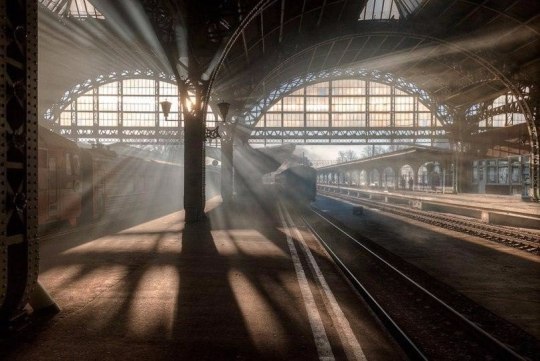

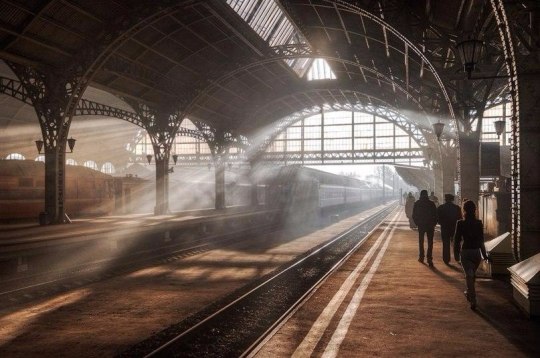
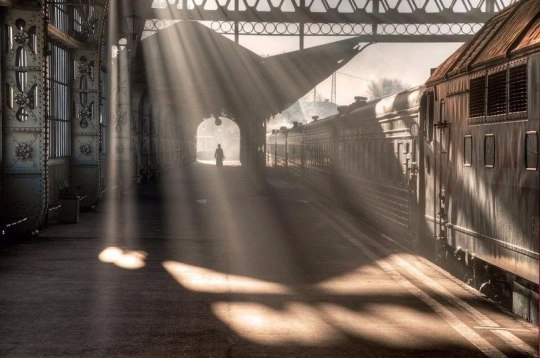
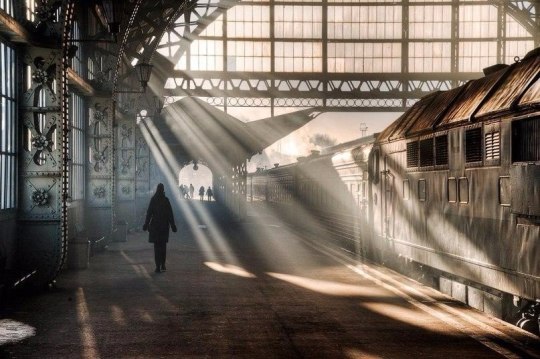

Vitebsky Railway Station, Saint Petersburg, Russia
44K notes
·
View notes
Photo

The Moon And The Castle - Photography by Mauro Maione Full moon viewed from the Town Hall building in Siena, Italy.
51K notes
·
View notes
Text
“There’s a Japanese phrase that I like: koi no yokan. It doesn’t mean love at first sight. It’s closer to love at second sight. It’s the feeling when you meet someone that you’re going to fall in love with them. Maybe you don’t love them right away, but it’s inevitable that you will.”
— Nicola Yoon, The Sun is Also a Star
48K notes
·
View notes
Photo
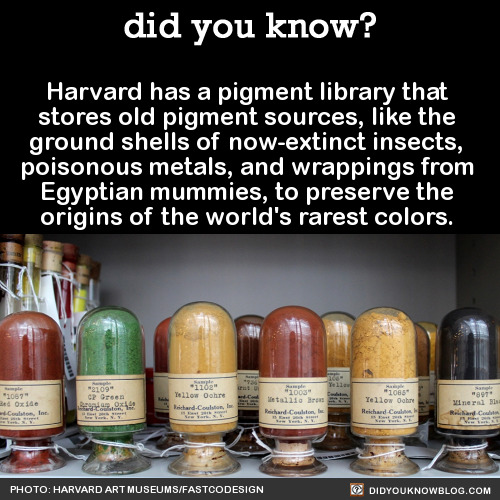
Harvard has a pigment library that stores old pigment sources, like the ground shells of now-extinct insects, poisonous metals, and wrappings from Egyptian mummies, to preserve the origins of the world’s rarest colors.

A few centuries ago, finding a specific color might have meant trekking across the globe to a mineral deposit in the middle of Afghanistan. “Every pigment has its own story,” Narayan Khandekar, the caretaker of the pigment collection, told Fastcodesign. He also shared the stories of some of the most interesting pigments in the collection.

Mummy Brown
“People would harvest mummies from Egypt and then extract the brown resin material that was on the wrappings around the bodies and turn that into a pigment. It’s a very bizarre kind of pigment, I’ve got to say, but it was very popular in the 18th and 19th centuries.”

Cadmium Yellow
“Cadmium yellow was introduced in the mid 19th century. It’s a bright yellow that many impressionists used. Cadmium is a heavy metal, very toxic. In the early 20th century, cadmium red was introduced. You find these pigments used in industrial processes. Up until the 1970s, Lego bricks had cadmium pigment in them.”
Annatto “The lipstick plant—a small tree, Bixa orellana, native to Central and South America—produces annatto, a natural orange dye. Seeds from the plant are contained in a pod surrounded with a bright red pulp. Currently, annatto is used to color butter, cheese, and cosmetics.”
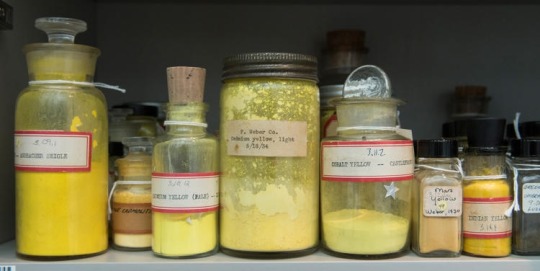
Lapis Lazuli “People would mine it in Afghanistan, ship it across Europe, and it was more expensive than gold so it would have its own budget line on a commission.”
Dragon’s Blood “It has a great name, but it’s not from dragons. [The bright red pigment] is from the rattan palm.”

Cochineal “This red dye comes from squashed beetles, and it’s used in cosmetics and food.”
Emerald Green “This is made from copper acetoarsenite. We had a Van Gogh with a bright green background that was identified as emerald green. Pigments used for artists’ purposes can find their way into use in other areas as well. Emerald green was used as an insecticide, and you often see it on older wood that would be put into the ground, like railroad ties.”

Source
111K notes
·
View notes
Photo

Max Reinhardt Library in Schloss Leopoldskron, Salzburg, Austria
391 notes
·
View notes
